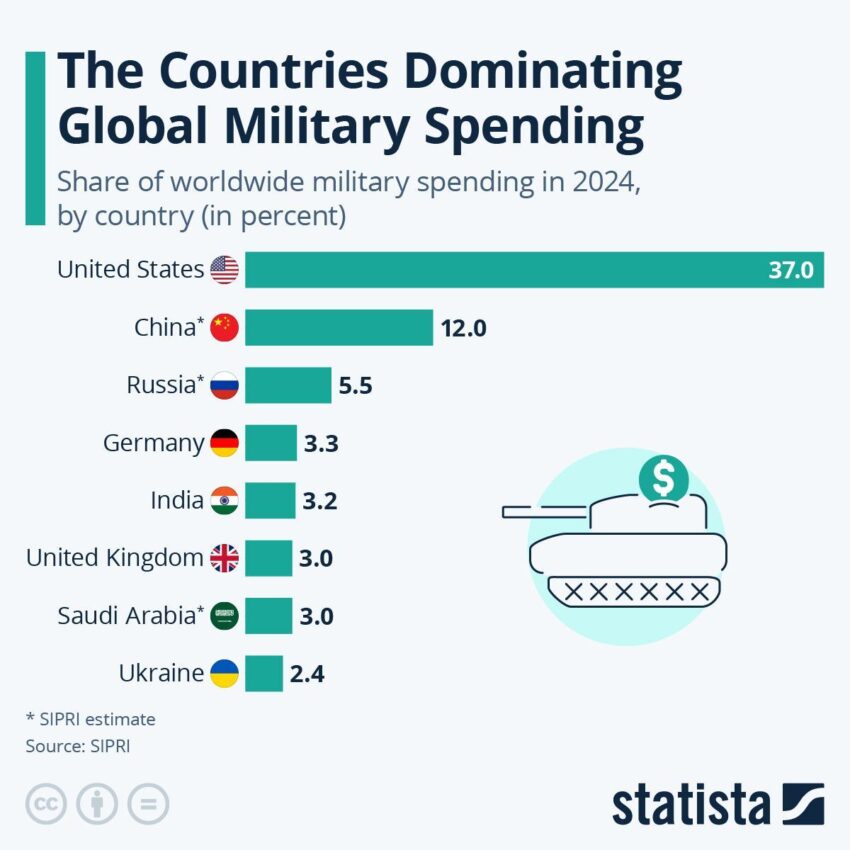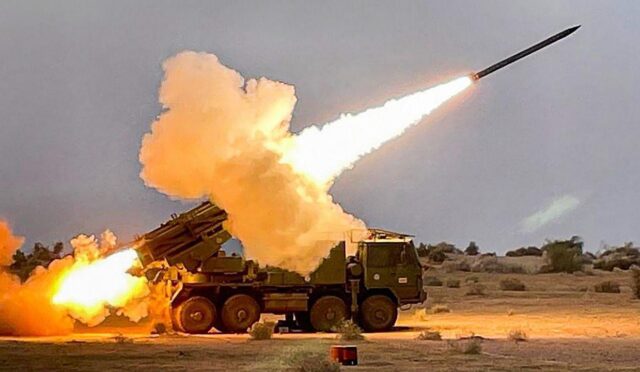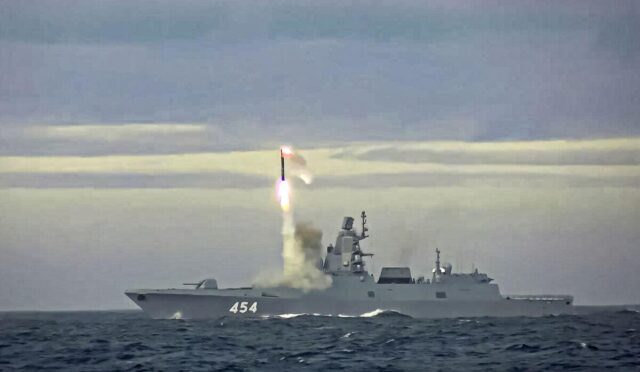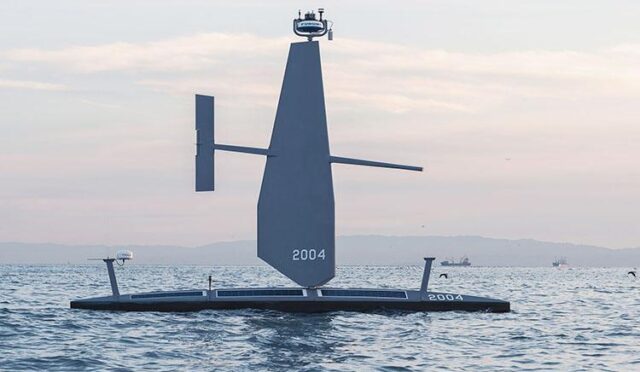Global Military Spending Reaches New Heights
In 2024, global military spending hit a staggering $2.718 trillion, according to the latest report from the Stockholm International Peace Research Institute (SIPRI). This amount represents a significant 9.4 percent increase from 2023 and marks the largest annual rise since the Cold War’s conclusion. For the tenth year in a row, countries around the world have upped their military budgets, with noticeable increases particularly in Europe and the Middle East. The top five military spenders last year were the United States, China, Russia, Germany, and India.
Researcher Xiao Liang from SIPRI emphasized the implications of such spending trends, noting that “as governments increasingly prioritize military security, often at the expense of other budget areas, the economic and social trade-offs could have significant effects on societies for years to come.” This raises questions about how these budgetary decisions impact public services and social programs.
Military Spending Surge in Europe
Military expenditure in Europe saw a dramatic rise of 17 percent, reaching $693 billion in 2024. This increase is largely attributed to the ongoing conflict in Ukraine and efforts by the European Union to bolster defense mechanisms in response to potential broader threats. Notably, Russia’s military budget soared to $149 billion, marking a shocking 38 percent increase since 2023, while Ukraine’s military spending climbed by 2.9 percent, now totaling $64.7 billion.
Key nations in Central and Western Europe have significantly ramped up their military budgets. Germany, for instance, increased its defense spending by 28 percent, now set at $88.5 billion, while Poland saw an impressive 31 percent rise to $38 billion. Within NATO, 18 of the 32 member countries now allocate at least 2 percent of their GDP to defense, collectively accounting for $454 billion of the alliance’s total expenditure. The US continues to dominate military spending, contributing $997 billion, which constitutes 66 percent of NATO’s total and 37 percent of global spending.
US Defense Spending Allocation
SIPRI reported that a significant portion of the US defense budget for 2024 is devoted to modernizing military capabilities and enhancing the nuclear arsenal, a strategic move aimed at maintaining an edge over both Russia and China. This trend highlights the ongoing arms race and the emphasis on upgrading military technology in response to perceived threats from these global powers.
As a result, the global landscape of military spending reflects not just the expenditure figures but also the growing importance placed on military readiness amidst geopolitical tensions.
Middle East Military Expenditures on the Rise
In 2024, military spending in the Middle East reached $243 billion, a substantial increase of 15 percent compared to the previous year. Leading the charge in military expenditure in the region, Saudi Arabia ranked seventh globally, with its defense budget climbing 1.5 percent to over $80 billion. Israel’s military budget experienced a staggering surge of 65 percent, totaling $46.5 billion—largely driven by ongoing conflicts in Palestine and Lebanon, which now constitute 8.8 percent of Israel’s GDP.
Amidst Israel’s elevated military aggression and fragile ceasefire efforts, Lebanon also increased its military spending significantly, with a 58 percent rise bringing its budget to $635 million. This escalation in defense spending points to rising tensions and the ongoing instability that characterize the region.
Asia’s Military Spending: China Leads the Way
China continues to solidify its status as the world’s second-largest military spender, announcing a 7 percent increase in its defense budget, which now stands at $314 billion. This growth is part of a larger trend that has seen Beijing strategically focus on modernizing its military forces and enhancing capabilities in cyber warfare. Notably, China accounts for 50 percent of the total military expenditure in Asia and Oceania, reflecting its significant role in regional security matters.
In addition to China, other nations in Asia are also boosting their military budgets. India’s military spending grew by 1.6 percent, reaching $86 billion, while Japan experienced a remarkable 21 percent increase—the largest growth in military spending since 1952, now totaling $55.3 billion. Taiwan, facing rising tensions with China, increased its defense budget by 1.8 percent to $16.5 billion, indicating a regional trend towards heightened military readiness.






